Mortar in Civil Engineering:
Important Point
The term mortar is utilized to show a paste arranged by adding a necessary amount of water to a combination of restricting material like concrete or lime and fine aggregate like sand. This is utilized to bond stonework or other essential units.
Some of the significant elements of mortar:
- To tie building materials like blocks and stones into a strong mass.
- To do pointing and plasterwork on uncovered surfaces of stonework.
- To shape an even and delicate sheet material layer for building units.
- To shape joints of lines.
- To improve the outward presentation of a construction.
- To plan molds for adapting, corbels, molding, and so on.
- To fill in as a framework or cavity to hold the coarse aggregates.
What Is Mortar?
Mortar definition is a paste composed of clay, water or lime, suki, as well as water. Lime as well as cement being mortar binding materials. Sand as well as surki are providing strength to the mortars. These often avoid unnecessary cracking owing to the shrinking of the paste. The intensity of the mortars declines as the ratio rises.
The strongest combination is a mixture of 1 part of cement and 36 part of sand. The water needed for better performance is 20 to 25 percent because it provides the best intensity of mortars. Mortars gradually absorb carbonic acid from its environment as well as toughen into a solid block.
Mortar is a component used during masonry building to cover the distance among bricks and blocks used during building.
Properties of Mortar:
It is also beneficial to be using the right mortar in a building. The characteristics of a strong mortar should be examined. Normally, strong mortar has the aforementioned properties
- Sufficient stress as well as compression strength will be produced by mortars.
- It ought to be able to create tension.
- This should be set fast.
- It ought to be strong and robust as set or cred.
- This will tie the bricks or render the blocks appropriately.
- It ought to be inexpensive.
- It should have the option to withstand the interruption of precipitation.
- The mortars utilized for putting work can get the workmanship structures by making an impenetrable sheath.
- It should be steady.
- Adhesion is the key characteristic that the mortar can contain. Strong mortar is supposed to include good adhesion to building units (bricks, stones, etc).
- The mortar must be waterproof. This should be able to tolerate the intrusion of water.
- The deformity of the mortar must be minimal.
- The mortar must be quick to operate in the state of the field.
- The flexibility of mortar is supposed to be fine. It allows the mortar to be padded thin but uniformly.
- It should have high longevity.
- Strong mortar should be placed easily to increase the speed of construction.
- Throughout the joint created by mortar, cracks should never be created. It is attractive to be there for a longer time to maintain appearance.
The mortar mixture is a material made used during structural applications. Its most widely utilized mortar materials for various mortar types are:
- Cement.
- lime.
- Sand.
- Surki.
- Mud.
- Water.
It is kind of essential to be using good materials to make a decent mortar mixture. This is not necessary to achieve the ideal consistency of the mortar mixture lacking good additives. The characteristics of the strong mortar materials are shown following.
- Cement: This should be new but free of spoilage.
- Lime: It’s got to be well slaked.
- Sand: sand is meant to be sharp, angular, and porous. It ought to be free of salts as well as other contaminants.
- Surki: Surki must be absolutely clean and free of airborne particles.
- Mud: Mud will be clear of spoilage.
- Water: Water ought to be clear and free of salts as well as other contaminants.
Uses of Mortar:
The uses of mortar during the different phases of construction have enabled it a very valuable construction-related product. Any of the several roles of mortar in construction are provided here.
- Mortar is often used to tie bricks or stones together within brick or stone masonry.
- It’s being used to offer a comfortable and then even bed among various layers of brick or stone masonry with even pore pressure over the bed.
- It can be used to fill the gaps among bricks or stones to make walls strong.
- It’s being used as a structure of concrete.
- That is used in plastering work to hide joints and enhance appearance.
- It can be used for molding as well as ornamental purposes.
Various mortars use civil engineering constructions for specific functions for their plasticity, workability, attachment, and design properties.
- Those Using to scatter uniformly across the lower bricks.
- Mortars included in mold soft layers of bricks and stones in wall construction.
- It has also been used to tie bricks and stones together.
- This also ensures lightness of water against any heat.
- Mortars are used as plaster or impermeable coating for walls and roofs.
- For different sorts of painting work to secure the joints of blocks.
- It uses to conceal the open joints of brickwork and stonework.
Also, Read: 10 Difference Between Mortar and Concrete | What Is Mortar & Concrete | Types of Mortar & Concrete
Types of Mortar:
Various types of mortar are being used for building purposes. Based on the ingredients that are used in the processing of the cement mortar, the mortar may be listed as followed.
- Cement Mortar.
- Lime Mortars.
- Gauged Mortar.
- Surki Mortars.
- Mudd Mortar.
#1. Cement Mortar:
Cement mortar is indeed a kind of mortar in which cement is being used as a binding medium and sand is being used as a fine aggregate. Based on the ideal strength, the ratio of cement to sand ranges between 1:2 to 1:6.
Cement Mortars were a relatively homogenous patch of cement, sand, and water. Cementitious materials mortars are made by combining varying amounts of cement and sand. Cement and sand are correctly combined in dry conditions for the preparation of cement mortars. Water would then be eventually applied and combined with a hovel.
Water is free of clay as well as other contaminants. The protection, strength, and longevity of the subsequent wall or from any framework rely on the consistency of the mortars using it as a binding medium.
- Plaster on walls as well as slabs, to render these impervious.
- Filling holes or joints throughout the wall.
- Towards pointing the masonry holes.
- Planning the building blocks.
Advantages of Cement Mortar-
- Lime provides high water retention that allows for maximum early curing of the cementitious materials.
- High initial flow permits easy complete coverage of masonry units.
- The low air content of cement-lime mortar increases bond strength.
Disadvantages of Cement Mortar-
Cement mortar and concrete have disadvantages such as delayed hardening, low tensile strength, shrinkage by drying, and low chemical resistance.
Also, Read: To10 Best Cement Companies In India
#2. Lime Mortar:
Lime mortar is a form of mortar whereby lime is being used as a binding medium as well as sand is being used as a fine aggregate. There have been 2 kinds of limes, fat lime well as hydraulic lime.The ratio of sand of cement mortar is holding at 1:2. The pyramids of Giza are plastered with lime mortar.
Fat lime in lime mortars needs two to three times sand but utilizes it for drying. The lime mortars provide plasticity so that they can be mounted quickly.
Advantages of Lime Mortar-
- Lime-based mortar is more flexible and less brittle. If there is building movement, lime mortar will eventually re-seal the cracks in the mortar.
- Lime-based mortar is breathable. This means that moisture that gets in the wall (from damp conditions inside or outside) will escape rapidly.
- Lime mortar lasts longer.
Disadvantages of Lime Mortar-
If lime-based masonry is pointed with a cement mortar which is less permeable than the stone (most cement mortars are), then the moisture will be forced out of the wall through the stone blocks, causing erosion in that part of the wall, in frosty weather, this leads to the rapid deterioration of stones as the moisture.
Also, Read: Difference Between Lime and Cement | What Is Lime (Hydraulic) | What Is Cement
#3. Gauged Mortar:
Gauged mortar is a form of mortar whereby cement as well as lime are being used seen as a binding medium and sand is being used as a fine aggregate. It is essentially a lime mortar whereby cement is applied to improve its strength. The method is referred to as gauging.
The ratio of cement to lime ranges between 1:6 to 1:9. Gauged mortar is more affordable than cement concrete and much more effective that lime mortar.
Disadvantages of Gauged Mortar-
- The rapid setting time limits the time available to the user in which to work with the gauged mortar.
- Some cements contain appreciable amounts of soluble salts, in particular potassium sulphate, which may become a source of salt damage to stonework.
Also, Read: Why Is Polymer Mortar/Concrete | Types of Polymer Mortar/Concrete
#4. Surki Mortar:
Surki mortar is a form of mortar in which lime is being used as a binding medium and surki is being used as a fine aggregate. Surki mortar is an economic one. Surkhi is a powder form burned clay that offers greater strength than sand and seems to be inexpensive.
Advantages of Surkhi Mortar-
Surkhi is used for making waterproof cement mortars and concrete. They also make the concrete more resistant to alkalis and salt solutions. The addition of surkhi is accompanied by a slight reduction in strength as it attains its full strength after a long period of time.
Disadvantages of Surkhi Mortar-
- Compared to ordinary mortar it is more subjected to shrinkage.
- Surkhi morta has low compressive strength as compared to ordinary cement mortar.
- Surkhi morta sets slowly.
Also, Read: Dry Pack Mortar Mix
#5. Mudd Mortar:
Mud mortar is a sort of mortar whereby mud is being used as a binding material while sawdust, rice husk as well as cow dung is being used as fine aggregate. Mud mortar is effective in which there is no lime or cement accessible.
Advantages of Mud Mortar-
It is extremely malleable and offers better insulation than steel, and, concrete structures, it decentralizes the construction process because it utilizes local material and technology and thereby obviates the need for a contractor, and it costs much less to maintain mud buildings.
Disadvantages of Mud Mortar-.
- One of the drawbacks of mud mortar is the occurrence of shrinkage cracks on drying. Several.
- Matrix by reducing the cracks. Fibers increase the cohesion among the soil particles while the.
- A structural mesh that holds the soil together.
- waste.
Also, Read: Mortar Vs Grout | What Is Motor and Grout | Type of Motor and Grout | Difference Between Mortar and Grout
Mortar in Construction:
Development Industry as we probably are aware weightily affects the characteristic assets, indeed, it represents 1/ of its wood collection, 2/5 of its energy and material streams, and 1/6 of the world’s freshwater extractions.
Tragically, our development industry is tormented with difficulties; and thinking about the pool of difficulties, the most alarming one is the deficiency of normal assets like sand and water which is continually rising issues like time invade and cost overwhelm.
Mortar in development is fundamentally required for workmanship work, putting, and pointing. In any case, it serves numerous huge capacities:
- Ties bricks or stones along.
- Holds the capability of the structure.
- Provides continuity or strength here between structural units.
- It acts as an excellent tool for the standardized deployment of powers across the system.
- Provides additional strength and controls it against dispersion of rain and all such forecasting authorities.
- It covers hollow joints with brick or stone masonry. A thin liquid mortar recognized as Grout is usually used for these applications.
Also, Read: What Is Mortar | Test of Mortar | Process for Compressive Strength
What Is Mortar?
Mortar is a workable paste which hardens to bind building blocks such as stones, bricks, and concrete masonry units, to fill and seal the irregular gaps between them, spread the weight of them evenly, and sometimes to add decorative colors or patterns to masonry walls.
Properties of Mortar-
- Workability: Workability is perhaps the most important property of plastic (fresh and not yet hardened) mortar.
- Bond: Bond is an important property of hardened mortar.
- Compressive strength: Compressive strength is not as important to the performance of the masonry assembly as workability and bond.
- The main quality that mortar should possess is adhesion.
- Mortar should be water-resistant.
- The deformability of mortar should be low.
- Mortar should be cheap.
- Mortar should be easily workable in the site condition.
- The mobility of mortar should be good.
- It should possess high durability.
Mortar Is Used as-
Mortar is composed of cement, fine sands, and lime; it is used as a binding material when building with brick, block, and stone
Types of Mortar:
There are four main types of mortar mix: N, O, S, and M. Each type is mixed with a different ratio of cement, lime, and sand to produce specific performance characteristics such as flexibility, bonding properties, and compressive strength.
What Is Mortar Made of?
Masonry mortar is composed of one or more cementitious materials, fine mason sand, and sufficient water to produce a workable mixture. The cementitious material may be a portland cement/lime mixture or masonry cement. A typical mortar consists of 1 part cementitious material to 2 ¼ – 3 ½ parts sand by volume.
Mortar in Civil Engineering-
Mortar is a workable paste which hardens to bind building blocks such as stones, bricks, and concrete masonry units, to fill and seal the irregular gaps between them, spread the weight of them evenly, and sometimes to add decorative colors or patterns to masonry walls.
Gauged Mortar-
Gauged mortar is a type of mortar where cement and lime both are used as binding material and sand is used as fine aggregate. Basically, it is a lime mortar where cement is added to gain higher strength. The process is known as gauging. The cement to the lime proportion varies from 1:6 to 1:9.
Mortar in Construction-
Mortar is a material used in masonry construction to fill the gaps between the bricks and blocks. Mortar is a mixture of sand, a binder such as cement or lime, and water and is applied as a paste which then sets hard.
What Is Mortar Used For?
Mortar is used to hold building materials such as brick or stone together. It is composed of a thick mixture of water, sand, and cement. The water is used to hydrate the cement and hold the mix together. The water to cement ratio is higher in mortar than in concrete in order to form its bonding element.
How to Mortar Is Used as?
Mortar is composed of cement, fine sands, and lime; it is used as a binding material when building with brick, block, and stone. Concrete is a very strong structural building material composed of cement, sand, and larger aggregate (gravel).
Advantage of Mortar:
Mortars have the advantages of portability because of their size, of freedom of movement without the need for logistical support, and of the capacity to be fired from a trench or defilade (a fighting position that protects the operators from direct return fire).
Disadvantage of Mortar:
Masonry can be expensive due to the time it takes to construct. Mortar cannot cure if the temperature is too low, or if the conditions are too wet, so this limits building times, especially here in the South West.
What Is Mortar in Construction?
Mortar is a mixture of sand and cements that is most often used to build brick or block walls. While that may sound like the same recipe used to make concrete, there are some intentional differences between the formulations for mortar and cement, which is why the materials should not be used interchangeably.
Different Types of Mortar
There are four main types of mortar mix: N, O, S, and M. Each type is mixed with a different ratio of cement, lime, and sand to produce specific performance characteristics such as flexibility, bonding properties, and compressive strength. The best type of mortar and its use depends on the application and the various design specifications for the masonry construction project.
Define Mortar in Civil Engineering
mortar, in technology, material used in building construction to bond brick, stone, tile, or concrete blocks into a structure.
Mortar Definition in Civil Engineering
Mortar is produced by mixing a binding material (cement or lime) with fine aggregate (sand, surki, etc) with water. For construction purpose, different types of mortar are used. Depending upon the materials used for mortar mixture preparation, the mortar could be classified as follows. Cement Mortar. Lime Mortar.
Properties of Wet Mortar
The mortar should be water proof and it should not allow water through it in external walls during rainy season. The mortar should be long-lasting. The mortar should be economical and easily placeable. The mortar should be easily workable.
Mud Mortar
Mud mortar may be defined as a mixture of sand, water, and clay, where cow dung is used as binding material. Mud mortar is prepared by the mix of Mud/ Soil with water, and sand at the ratio of 1:5, and 1:6.
Types of Mortar in Civil Engineering
- Bricklaying or Stone Laying Mortar.
- Finishing Mortar.
- Cement Mortar.
- Lime Mortar.
- Gypsum Mortar.
Mortar Definition Construction
Mortar is a bonding agent which is generally produced by mixing cementing or binding material (lime or cement) and fine aggregate (sand, surki, sawdust, etc.) with water. Mortar is used to bind different building blocks like bricks, stones, etc. It can also add a decorative pattern in brick or stone masonry.
Disadvantages of Mud Mortar
4. Disadvantages of Mud Mortar
- One of the disadvantages of mud mortar is the occurrence of shrinkage cracks on drying.
- Routine maintenance is needed.
- A structural mesh that holds the soil together.
- It can’t withstand weather agencies.
- It can be easily damaged during storm.
Gauged Mortar Is a Type of Mortar Where
Gauged mortar: A composite of lime, cement and sand, which combines the plasticity of lime with the strength of cement. Surkhi mortar: The binder is lime and the fine aggregate is surkhi (finely-powdered burnt clay). This provides more strength than sand.
Characteristics of Mortar
Properties of Good Mortar
- The main quality that mortar should possess is adhesion.
- Mortar should be water resistant.
- Deformability of mortar should be low.
- Mortar should be cheap.
- Mortar should be easily workable in the site condition.
- The mobility of mortar should be good.
- It should possess high durability.
Explain Mortar
Cement, concrete, and mortar are three different materials. The basic difference is that cement is a fine binding powder (which is never used alone), mortar is composed of cement and sand, and concrete is composed of cement, sand, and gravel.
Mortar Types
- Bricklaying
- Finishing Mortar
- Cement Mortar
- Lime Mortar
- Packing Mortar
Like this post? Share it with your friends!
Suggested Read –
- Basics of Civil Engineering
- What Is a Frost Line in Construction
- What Is Dressing of Stone | Types of Dressing of Stone
- Floating Slab Vs Monolithic Slab | What Is Monolithic Slab | What Is Floating Slab
- RCCFull Form | What Is RCC | Advantages & Disadvantages of Reinforced Cement Concrete | Properties of RCC | What Does RCC Stands for
- What Is a Cavity Wall | How to Build a Cavity Wall | Cavity Wall Detail | Cavity Wall Thickness | Cavity Wall Insulation Pros and Cons | Brick Cavity Wall
- What Is Oblique Drawing | Oblique Drawing Examples | What Is Oblique View | Oblique Projection | Oblique Shape | Cabinet Oblique | What Is Cavalier Drawing
- Which of the Following Is a Way That Slopes Fail | Types of Slope Failure | Geotechnical Failures | Types of Slopes in Geography | Causes of Slope Failure | Slope Stability
- What Is Pier and Beam Foundation | Advantages & Disadvantage of Pier and Beam Foundations | Pier and Beam Foundation Design | How to Build a Post and Pier Foundation
Originally posted 2023-04-25 17:45:33.
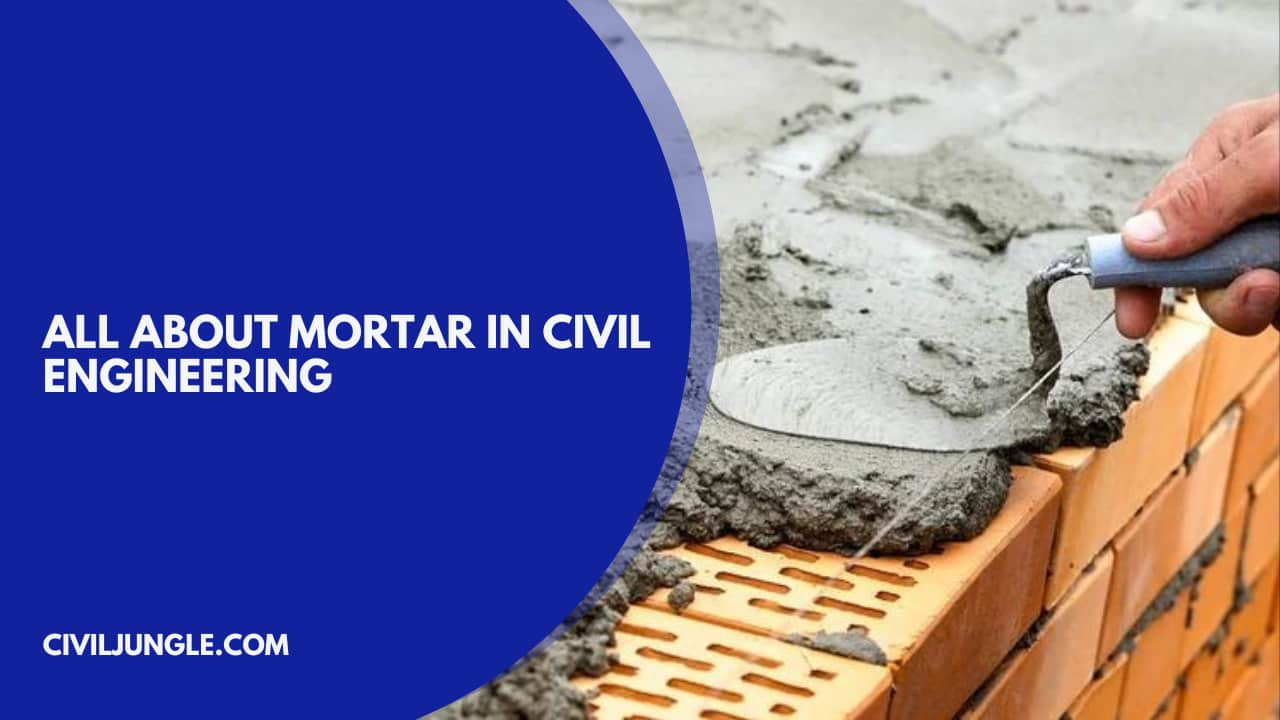
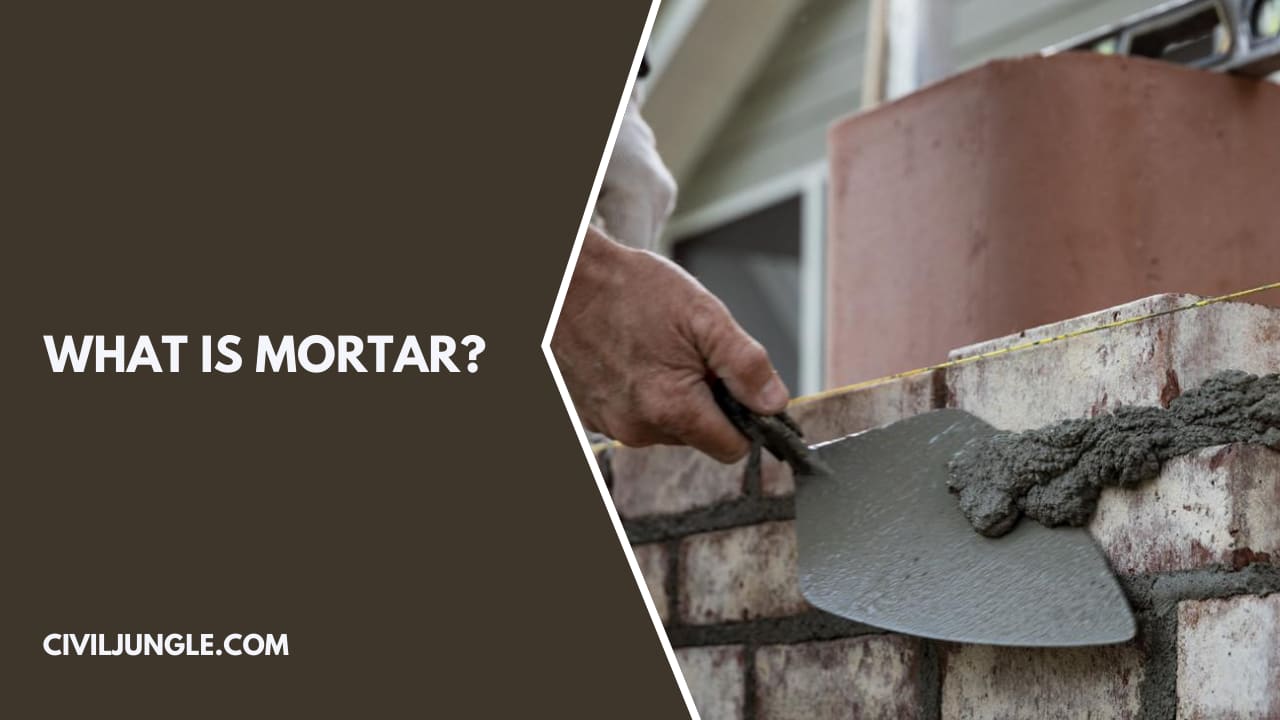

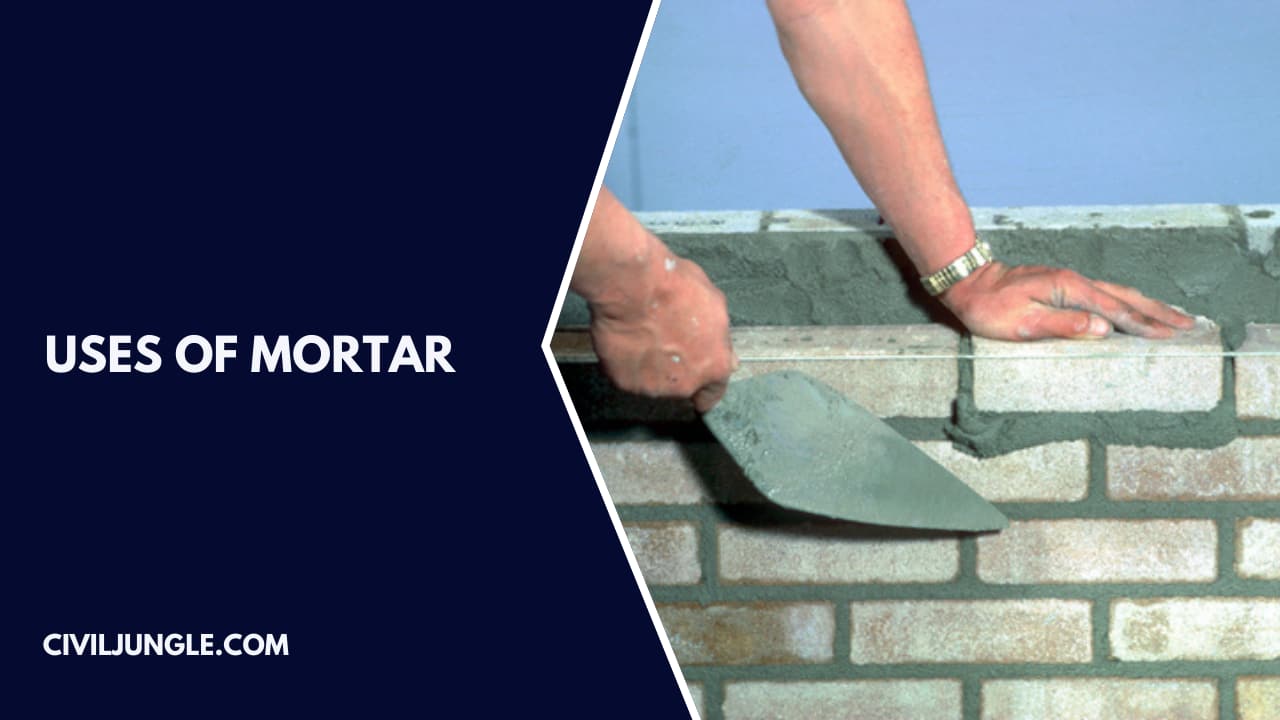
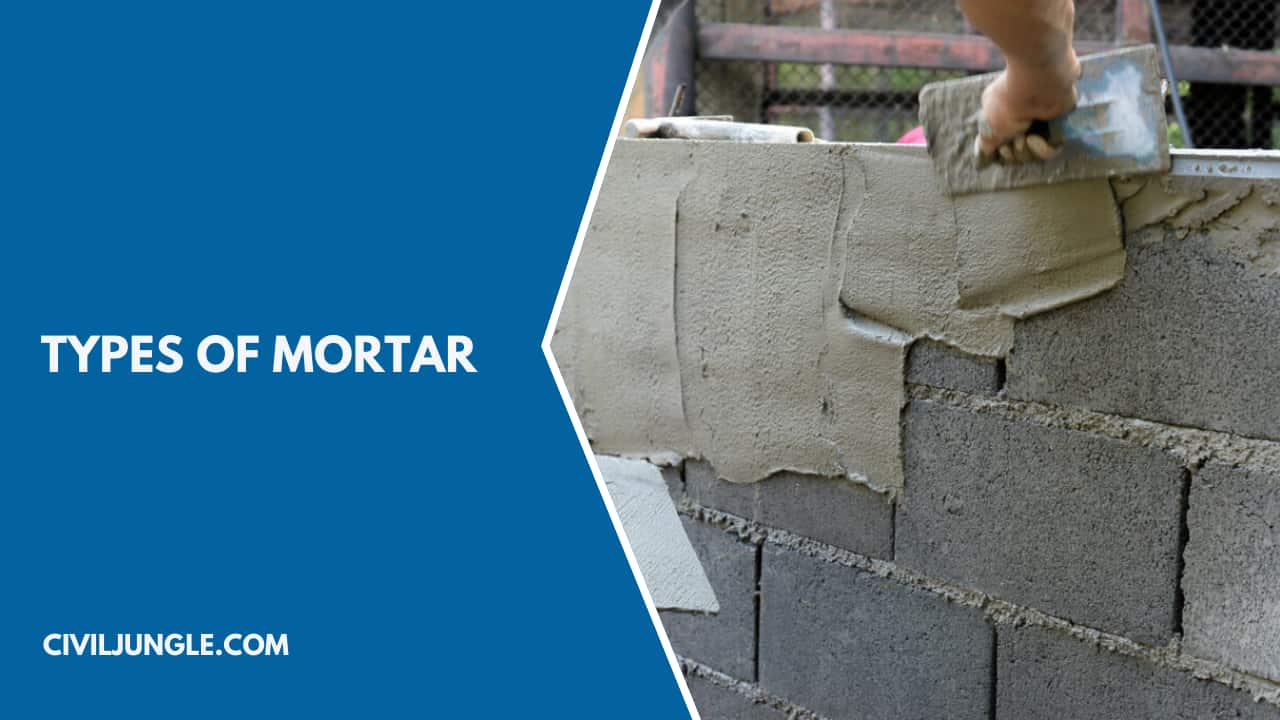
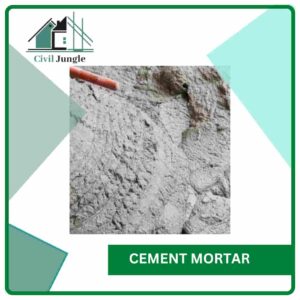
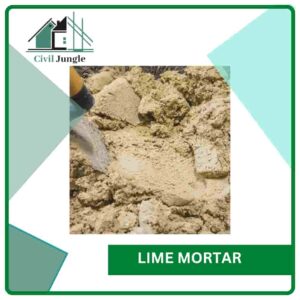
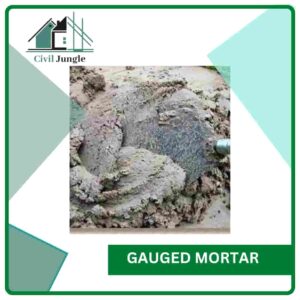
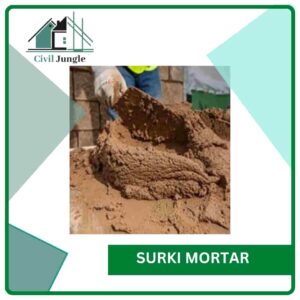
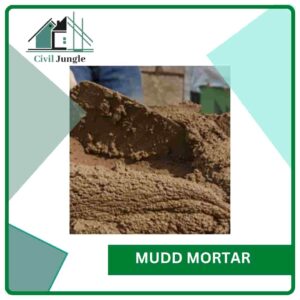


Leave a Reply